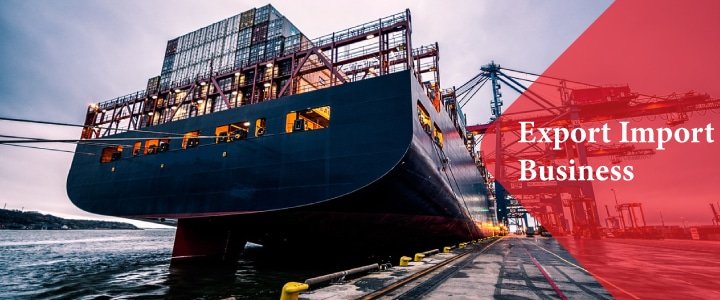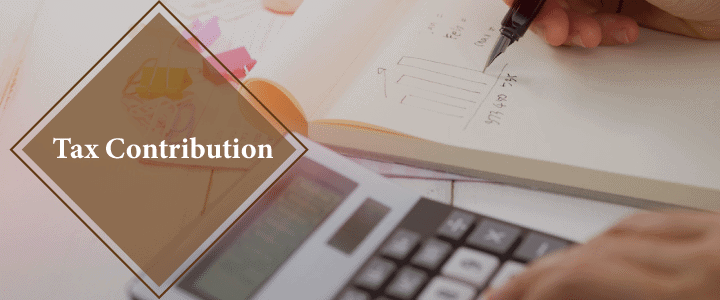Ease of doing business in Sri Lanka has improved in the last few years according to information released by the World Bank. The country used to be 111 in the world the last two years.

Report released this year indicated that the ease of doing business in the country is now 100 out of about 190 countries compared with the global body. The GDP was growing. The country is the highest ranked in the whole of South East Asia in ease of doing business.
Growth rate released by the World Bank also indicated that the GDP grew from 7.2 percent in 2013 to 7.4 in 2014.
The per capita income stood at $3558. The government intended to increase this to $4000. The population is put at 21,000.
The market reach can be up to 1.6 billion people judging the fact that the country is located in a densely populated region of the world. The country has well established middle class.
Large companies from different parts of the world have offices in Sri Lanka. These businesses include GlaxoSmithKline, Marks and Spencer, as well as Standard Chartered Bank and several others.
Sri Lanka is ripe for doing business because the environment is conducive for thriving of foreign investment.

It is certain from the comparison above that the volume of business in Pakistan is larger than that of Sri Lanka, but when it comes to GPD per capita, Sri Lanka is well ahead of Pakistan. Sri Lankans are bound to have better and quality lives compared to the Pakistani neighbors.
The situation that obtained in Pakistan and Sri Lanka comparison can be repeated in Sri Lanka India comparison. Indian GDP is bigger than Sri Lanka. Per capital income is higher in Sri Lanka compared to India.
From figure above, GDP is higher in Bangladesh, but per capita, which relates to living index is higher in Sri Lanka than most of its neighbors.
Though Sri Lanka is fast growing, there are still some hindrances in doing business. The major hindrance to doing business in the country is bureaucracy and nepotism.
Though the country has improved significantly in the ease of doing business, but the country still has to grabble with the problem of bureaucracy. Government officials still need to improve the ease of doing business.
Another problem is the issue of transparency is still prevailing in the country. There is the need to deal with corruption. These minor issues need to be tackled to make the country more investment friendly. Transparency international rated the country 85th in the world.
Because of the growth potential, the economic potential of Sri Lanka is still very bright. The debt rate has been on the increase since the year 2014.
To help the country economy grow, Sri Lanka has entered into free trade agreement with some neighboring countries in Asia such as Pakistan, Bangladesh and India. The country is also trading with China and other countries of the world.

Sri Lanka is ranked the 81st largest export economy in the world. In the year 2016, the export volume stood at $11.5b.
The volume of import as for 2016 stood at $19.7B and this left a negative balance of $8.22B. The GDP of the country as at 2016 was $81.3B while the per capita income as relates to GDP stood at $12,3k.
The country was exporting various products to the outside world and the highest amongst them is Sri Lanka tea at $1.19B. This is followed by women undergarments that earned $631M as well as Knit Women’s Suits $493M and so on. The country exports several things.
Sri Lanka imports other items from other parts of the world include refined petroleum at $1.43B. Others include planes, spacecraft, helicopters cost $682M. Cars $629 as well as light knitted fabrics and several others.
Sri Lanka trades with many countries of the world but the destination of exports are US $2.88B as well as the UK$947M, others are India, Germany, Italy. In the same way the top imports include India $4.36B, Chin, Singapore, UAE as well as Japan.
The economy was driven by the private sector. Private sector in the country is represented by those in private business, chambers of commerce and industry as well as commercial banks.
Private sector has actually identified with government policy and is reflected in the banks lending practices in the country.
Apart from lending at low interest rates for industries, commerce especially those in the beverage industry. Chamber of commerce gave investors a tone.
Because they now aggregate their needs and demands. Federation of chambers of commerce and industry is the umbrella body uniting all the chambers of commerce in the industry.
Leadership of this group collaborate with government in realizing government aims and goals as regards industrialization.
Government facilitates the process by enunciating quality economic policies that benefit these investors.
Banks provide money to these investors when they need it and they do that at the time they need that money. These help to stimulate economic growth in the country.

The Sri Lanka government paved the way for the country’s economic transformation. They initiated kind economic and development policies that are favorable to the people.
The taxing system was not a burden, because they wanted to create an enabling environment for growth of industries.
Some of these private companies were extended some tax incentives.
The country wants to attract investors and that is why they do not charge capital gains tax. Such taxes are waved for foreign investors.
Favorable taxing method was used to attract foreign investors. Even taxed paid by these companies are well utilized.
You find out that the most basic amenities in the country are operating. Government tax gains are well used and they are used to revive local industries. It is not surprising that they used the money to revive the tea industry.
Today, tea is the highest internal products that are exported to different parts of the world. This would not have been possible without the judicious use of internally generated revenue.
Good taxing system is a good because it can actually turn the economy and that is one of the Sri Lanka success story.
Extreme poverty is not an issue in Sri Lanka. There is unemployment but the rate is not high. The reason is that tea has provided jobs for many Sri lanka citizens. Unemployment is more on the elderly. Young people are gainful employed in the coffee farm.
Because the elderly are not readily employable. This is because age is no longer favorable to them.
The country witnessed most of its growth in 2016. Towards 2017, it started shrinking. This could be attributed to the stress in the neighboring economies.
It is expected that the economy will pick up again. There will be improvement in the growth rate. Per capita income will also increase because more people are taking to agriculture. You need to know now about income tax rate in Sri Lanka for corporate and individual. Also, you may want to know about small business ideas in Sri Lanka.
It is expected that they will increase the volume of investment. Per capita income may rise.